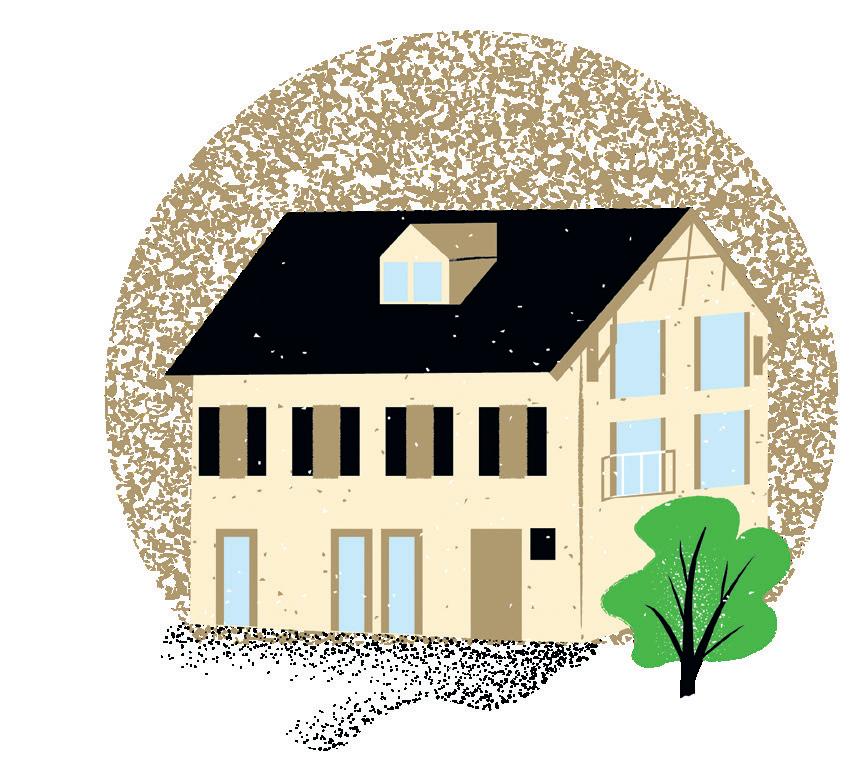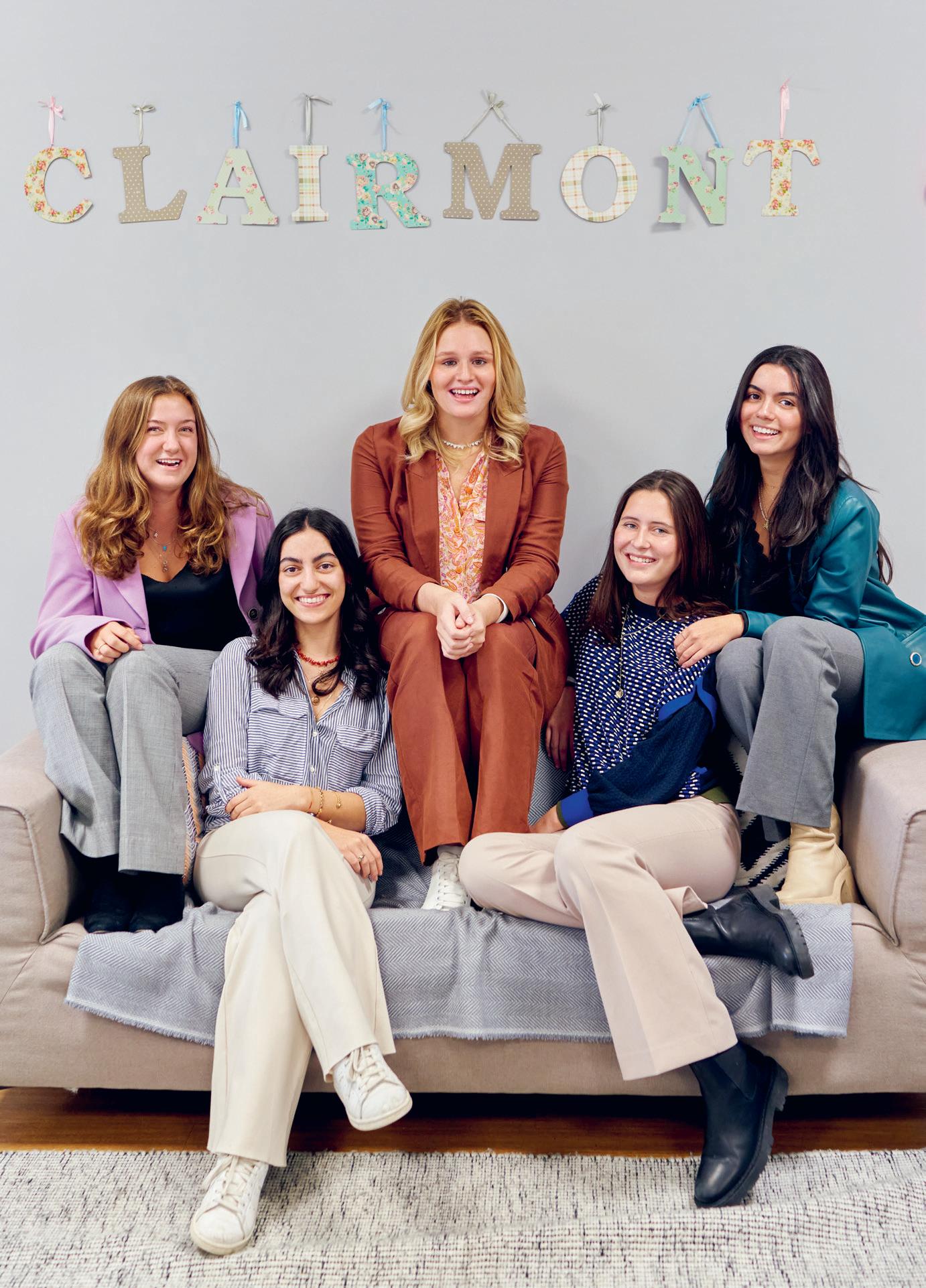
2 minute read
Here’s looking at you
HERE’S LOOKING AT YOU
CREATIVE SPIRIT
Advertisement
Fine artist Celia Rogge says her Aiglon experience set her up for future success, once she’d learned to embrace fear.
Words Jo Caird
ERRIFIED. THAT IS HOW THE
Tartist Celia Rogge (Chantecler/ Clairmont, 1989) remembers feeling the first time she saw her work displayed in public.
It was her first year at Aiglon, and Mr Fritz Koch, her German teacher, was running photography competitions for the students. “You had to have your photos printed and they were put up in the assembly hall where your teachers and fellow students could see them. It was the first time I put my work out there and it took quite a lot of guts,” says Celia.
Nearly four decades later, not much has changed. “It’s still terrifying, every time I do an exhibition – but in a good way. And I know that if I’m not terrified, I’m not pushing myself. But you always give a little bit of your own soul, your vision of things, the way that you see it and the way that you hope other people will enjoy it and understand where it comes from. It’s never an easy thing.”
In fact, it wasn’t actually photography that kickstarted Celia’s artistic ambitions at Aiglon. Look again Examples of Celia’s work (clockwise from top): “L’Orangerie Abandonnée…”, Potsdam, Germany; “Distinguished Gentlemen…”, Munich, Germany; and “Summer in Paretz…”, Paretz, Germany.
Rather, it was ceramics, as taught by Mr John Sutch, who Celia remembers as the “first teacher who gave my creativity room to roam free. He was just incredibly positive and invigorating and that was the first time that somebody looked at me, saw me, and gave me confidence.”
It was Mr Sutch who also first suggested that Celia go to art college, a move she eventually made after attending the School of Foreign Service at Georgetown University in Washington, D.C. and pursuing careers in international relations and banking. “Art school was not something that my parents were terribly keen on. They wanted me to have the ‘proper’ education first, and then go and do whatever I wanted,” Celia recalls, “so that’s what happened.”
However, she doesn’t regret what she calls her “little detour” on the road to becoming a fine artist. “Art was definitely where I wanted to head and, in the end, the other experiences were a blessing because I also knew how to set up a business. I’ve had different lives, and that’s quite cool. I’ve had different chapters in my book.”
It’s not just her early mentors that Celia credits with helping her become the artist she is today. The Aiglon experience as a whole “gave me the base for things that happened thereafter. The way that I now interact with the world is because of the way that I was thrown into Aiglon, which was so international and full of people from all different backgrounds. I don’t remember anybody being homesick.”
The landscape, and her experiences in the great outdoors, figure large in Celia’s recollections. “It was an idyllic, safe but also challenging place,” she says. “We looked at Les Dents du Midi for four years and then one day you actually climb the thing. There were a lot of positive, reaffirming moments.” Celia Rogge’s exhibition, Ethereal Roots of Comporta, runs at Galerie Mourlot in New York City until January 2023. www.celiarogge.com










